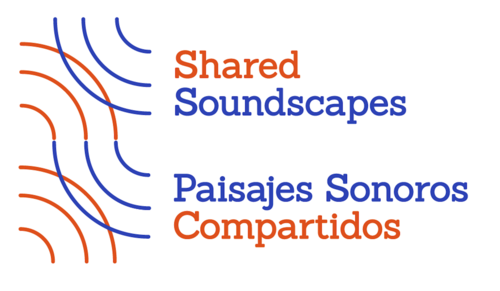Northern Coast
Lambayeque and the Peruvian Northern Coast have a diverse cultural tradition inherited from pre-Columbian Mochica and Sicán civilizations, with influences from the Andes and Africa, as well as from Asia. This cultural tradition is manifested in the musical richness of communities like Eten and Túcume, particularly in their genres, instruments, and poetics. Notable examples include the Dance of the Diablicos of Túcume, instruments such as the chirimía and the harp, dances such as the Marinera and Tondero, and poem-songs such as the Triste.
In the context of a revaluation of identity that began in the 1990s, dances and musical genres that had fallen out of favor for decades have now been revived and given a relevance similar to that of other commercial genres like the cumbia norteña and the huayno. For this purpose, various groups have resorted to historical information and documents from audiovisual archives. Such initiatives have involved the participation of several communities, which has transformed the soundscape of the Peruvian Northern Coast, making music what distinguishes this region from the rest of the nation. In these initiatives, dancers and musicians participate alongside teachers and cultural managers, institutions such as museums, artisans’ associations, and several generations of local men and women.
Shared Soundscapes aims, on the one hand, to understand and collaborate with local and regional cultural groups in their efforts to revive music and dance. On the other hand, the project explores the various ways that these actors use existing archives, even as they build new archives on a daily basis with digital and physical media. Through this sharing of archives and the performance of dance and music itself, a new soundscape takes form, a soundscape in which emerging identities are modeled in the Peruvian Northern Coast.

